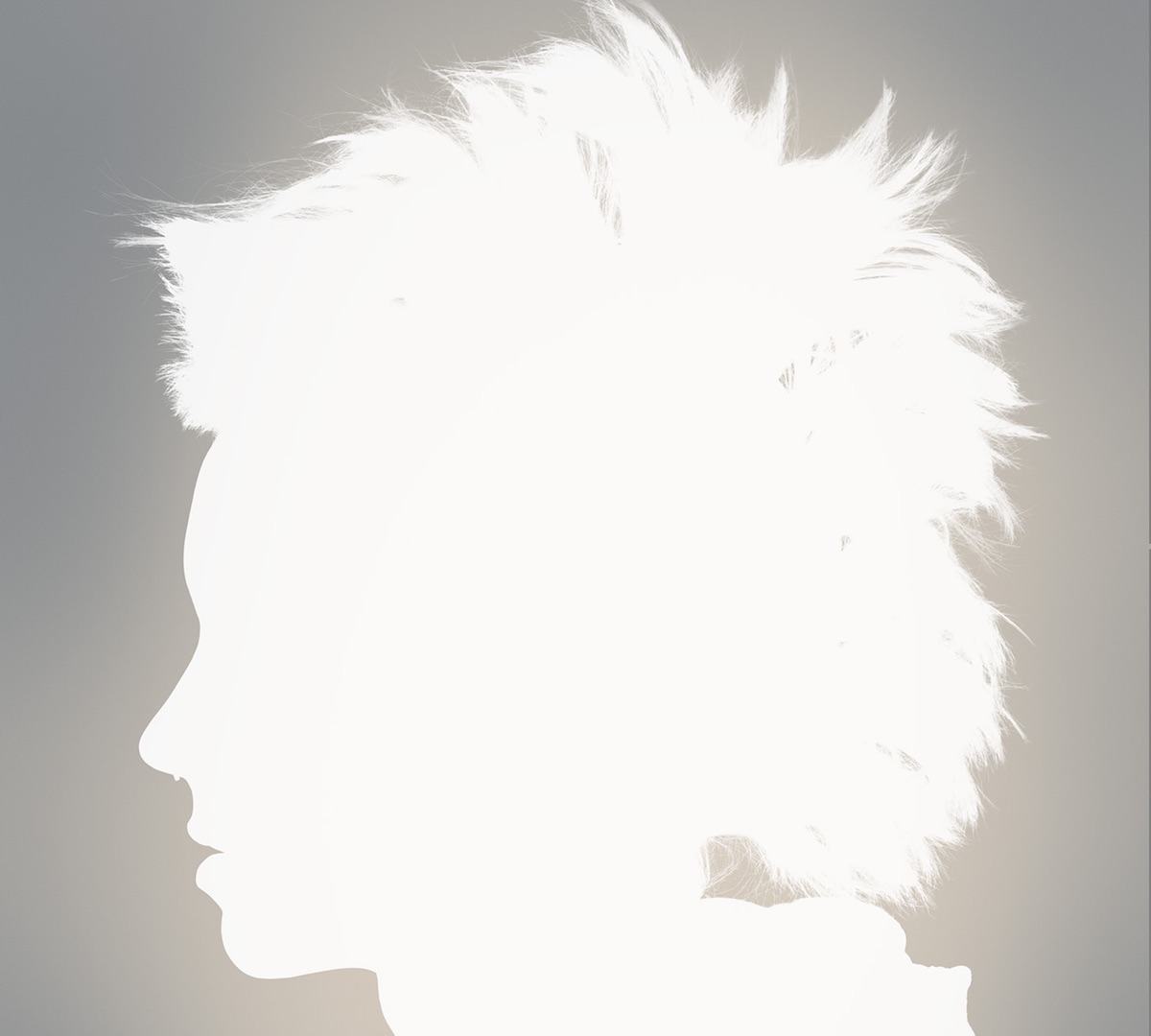My very first review for The Substream, reprinted here. Originally published on December 21, 2011.
As you’d expect, David Fincher makes a roaring, satisfying Girl With the Dragon Tattoo, all i’s dotted and t’s crossed. It’s a cinematic page-turner. The film commits no major errors, yet contains no significant feats of invention; this is Hollywood’s Dragon Tattoo, precisely as expected. Like its gut-shaking, knee-slapping open title song, the film’s a cover – but one of those really great covers that only seems to throttle down on what made the original song so enjoyable in the first place.
The way you can tell you’re in a Hollywood mega-production is the pervasiveness of the aesthetic. Everything in The Girl With The Dragon Tattoo is aesthetic; even the ugliness is aesthetic. This is a film without sharp edges or unexpected corners. There is nothing to catch your proverbial sweater on. Rooney Mara is a fine, enthralling Lisbeth Salander, because Lisbeth Salander is a fine, enthralling character, and Mara wraps herself around Lisbeth like a satisfied pussycat. It’s a sinful, sensuous performance, the body language tilting full-xenomorph in an early scene where Lisbeth sits, bug-like, through a series of employer questions for which she might well be twenty ahead. Mara works gymnastics of suggestion around Lisbeth’s stone-cold stare – the entire character arc for the heroine is that by the end of the picture, she might smile – and Mara is, as required, wholeheartedly aboard for whatever definitive displays of physicality are needed of her. Her childlike face (stretching towards the doll-like with the bleached-white eyebrows) is perfectly framed by the spikes and chains of Lisbeth’s get-the-fuck-away-from-me garb (or, as one of her t-shirts puts it, “fuck off you fucking fuck”), and we never doubt that Lisbeth could clobber a man twice her size given a reason to.
But this Lisbeth is, in subtle but noticeable ways, basically a superhero. She is a clarified (or simplified, if you must) version of the character, just as beguiling we need her to be, but largely incapable of doing anything besides looking and acting indescribably badass, winning everything, and being better and cooler and more capable than all the people around her. She is a wish-fulfillment avatar in all of her onscreen moments except the critical two, when she is sexually assaulted by her legal guardian. This makes for a strange mix. Fincher being Fincher, the gruesome scenes of sexual violence which introduce Lisbeth in the first act of Dragon Tattoo are not shied away from, but they seem further out of place here than I expected – largely because the majority of the rest of the film is just so unabashedly pleasurable. For this pleasure, Lisbeth – cool, proud, sexual Lisbeth – is one of the prime movers. She could just as well be James Bond.
James Bond’s here too of course, and as Mikael Blomkvist, Daniel Craig is superb. One of the things that I like about the Blomkvist character is that he is an actual adult, who neither kowtows to silly simplifications of morality, nor is above whimpering like a child when someone is hastily sewing up his wounds using dental floss. In other words, he seems like a real guy – a real, fortysomething, guy, who has a daughter, and a failed marriage, and a lover, and a job, and has had successes and failures and therefore has a genuine, motivated worldview. When he and Lisbeth finally unite in the middle of the picture, and their strange, watchable chemistry begins to play out, we feel it and believe it – not because “they complete each other” or some such crap, but just because this guy and this girl, having met, would spark. Each has an energy that enhances the other’s. And so the movie – which is legendarily long, like Return of the King-level long – never overstays its welcome with me, because once Lisbeth and Mikael are onscreen together, I would pretty much be content to watch them play cards or do their Christmas shopping. I’d watch ten more of these movies.
That’s gonna be a problem if it happens. This is the best story (of Larsson’s books, something which – to continue the James Bond analogy – might or might not matter for further films, I suppose). Fincher has quite a bit less visual fun with it than I expected. There is an old, unsolved murder at the heart of the story, and Blomkvist must solve it via both oral history and extensive photographic analysis; yet this ends up being – perhaps as you’d imagine – a movie of people talking to one another, and sifting through photos on a laptop. That Dragon Tattoo remains intensely watchable is a credit to Fincher the Director – he cacklingly repurposes Enya’s “Sail Away” at a key moment in a context that will fundamentally alter that song for you for ever – but Fincher the Deconstructor, who glided through ducts in Panic Room or digitally de-aged Brad Pitt in Benjamin Button, is nowhere in evidence. How did Fincher resist the tempatation to pick apart Dragon Tattoo’s parade photography, for example, in the same way the Zapruder film was recently three-dimensionalized to prove, once and for all, whether there was a second shooter? Maybe he got to the set, and saw how much fun he could have with just Craig and Mara onscreen, and let the rest speak for itself.
